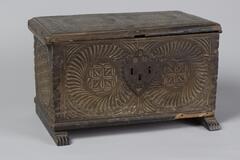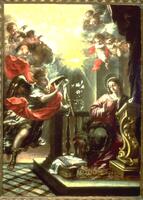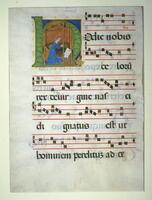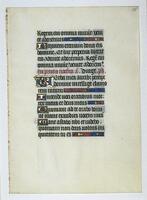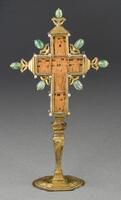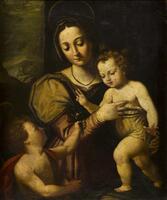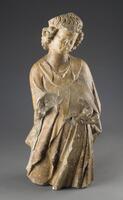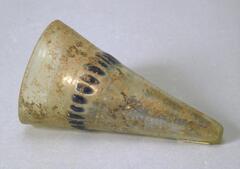96 Items in this Learning Collection
Collection Object
Collection Object
Collection Object
Collection Object
Collection Object
Collection Object
Collection Object
Collection Object
Collection Object
Collection Object
Collection Object
Collection Object
Collection Object
Collection Object
Collection Object
Collection Object
Collection Object
Collection Object
Collection Object
Collection Object
Collection Object
Collection Object
Collection Object
Collection Object
Collection Object
Collection Object
Collection Object
Collection Object
Collection Object
Collection Object
Collection Object
Collection Object
Collection Object
Collection Object
Collection Object
Collection Object
Collection Object
Collection Object
Collection Object
Collection Object
Collection Object
Collection Object
Collection Object
Collection Object
Collection Object
Collection Object
Collection Object
Collection Object
Collection Object
Collection Object
Collection Object
Collection Object
Collection Object
Collection Object
Collection Object
Collection Object
Collection Object
Collection Object
Collection Object
Collection Object
Collection Object
Collection Object
Collection Object
Collection Object
Collection Object
Collection Object
Collection Object
Collection Object
Collection Object
Collection Object
Collection Object
Collection Object
Collection Object
Collection Object
Collection Object
Collection Object
Collection Object
Collection Object
Copyright
All Rights Reserved
()
Double-sided Pendant with the Annunciation and the Resurrection
Accession Number
2015/1.377A&B
Title
Double-sided Pendant with the Annunciation and the Resurrection
Artist(s)
Artist Unknown, Northern Italy
Object Creation Date
late 15th century
Medium & Support
silver nielloed with gilt copper frame
Dimensions
4 1/2 in x 4 1/2 in x 1/4 in (11.43 cm x 11.43 cm x 0.64 cm)
Credit Line
Museum purchase made possible by the Director's Acquisition Committee, 2015
Label copy
In the Renaissance, intricate pendants such as this one demonstrated the skill of the jeweler or goldsmith. They are, in essence, small sculptures, whether in low relief or, as here, with an incised design. Despite its small size, this work contains full scenes of the Annunciation, the moment of the incarnation of Jesus in the Christian Bible, and his raising from the dead in the Resurrection. Both employ the one-point perspective that made depictions of spatial settings so convincing in Italian Renaissance art.
The practice of incising designs into metal eventually gave rise to the copperplate engraving print process, which began in Italy and Germany in the second quarter of the fifteenth century. In metalwork, the incised lines of a design were sometimes lled with black enamel to make them stand out—this is called niello. To make an engraving, lines were incised into a copper plate and then lled with ink and pressed onto paper. The pendant illustrates how an Italian copper engraving plate might have looked around the 1480s. In this period Italian painters such as Andrea Mantegna (1431– 1506) and Raphael (1483–1520) used engravings to disseminate their painting compositions.
Physical Description
Side A: Etched pendant lined with gilt border with image of two figures, male and female.
Side B: One main figure with a staff surrounded by many figures.
Primary Object Classification
Jewelry
Primary Object Type
pendant
Collection Area
Western
Rights
If you are interested in using an image for a publication, please visit http://umma.umich.edu/request-image for more information and to fill out the online Image Rights and Reproductions Request Form.
2015/1.377A&B
Title
Double-sided Pendant with the Annunciation and the Resurrection
Artist(s)
Artist Unknown, Northern Italy
Object Creation Date
late 15th century
Medium & Support
silver nielloed with gilt copper frame
Dimensions
4 1/2 in x 4 1/2 in x 1/4 in (11.43 cm x 11.43 cm x 0.64 cm)
Credit Line
Museum purchase made possible by the Director's Acquisition Committee, 2015
Label copy
In the Renaissance, intricate pendants such as this one demonstrated the skill of the jeweler or goldsmith. They are, in essence, small sculptures, whether in low relief or, as here, with an incised design. Despite its small size, this work contains full scenes of the Annunciation, the moment of the incarnation of Jesus in the Christian Bible, and his raising from the dead in the Resurrection. Both employ the one-point perspective that made depictions of spatial settings so convincing in Italian Renaissance art.
The practice of incising designs into metal eventually gave rise to the copperplate engraving print process, which began in Italy and Germany in the second quarter of the fifteenth century. In metalwork, the incised lines of a design were sometimes lled with black enamel to make them stand out—this is called niello. To make an engraving, lines were incised into a copper plate and then lled with ink and pressed onto paper. The pendant illustrates how an Italian copper engraving plate might have looked around the 1480s. In this period Italian painters such as Andrea Mantegna (1431– 1506) and Raphael (1483–1520) used engravings to disseminate their painting compositions.
Physical Description
Side A: Etched pendant lined with gilt border with image of two figures, male and female.
Side B: One main figure with a staff surrounded by many figures.
Primary Object Classification
Jewelry
Primary Object Type
pendant
Collection Area
Western
Rights
If you are interested in using an image for a publication, please visit http://umma.umich.edu/request-image for more information and to fill out the online Image Rights and Reproductions Request Form.
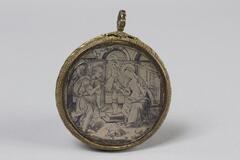
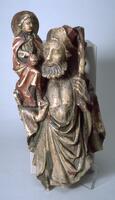
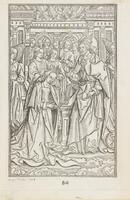
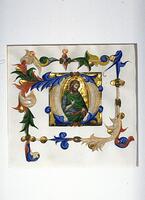
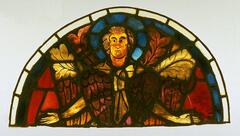

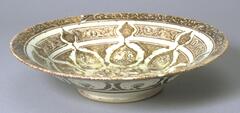
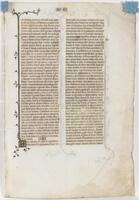
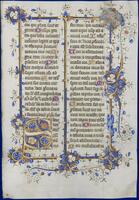

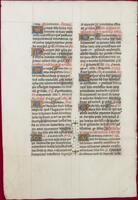
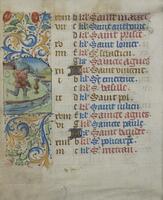
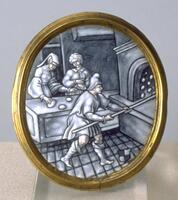
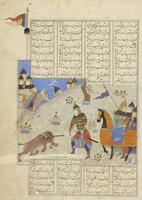
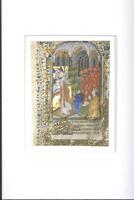


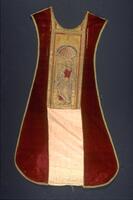

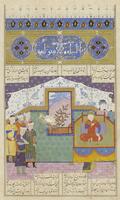

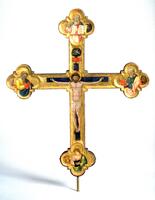
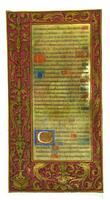
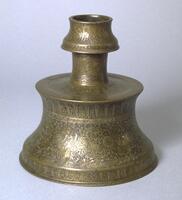
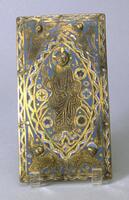
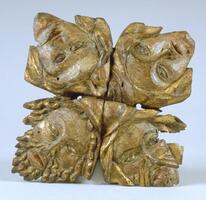
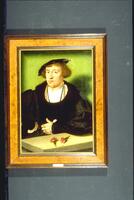
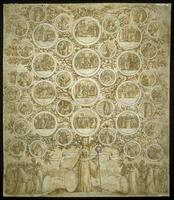
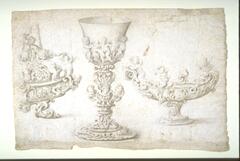
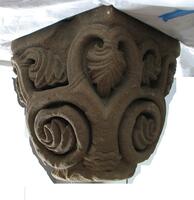
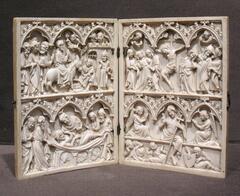
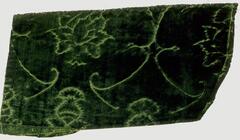
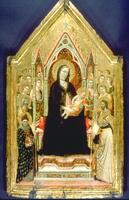
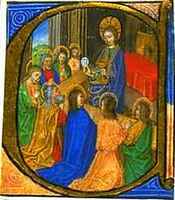



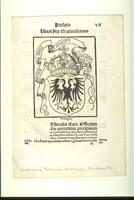

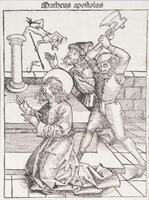
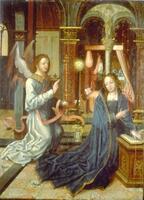
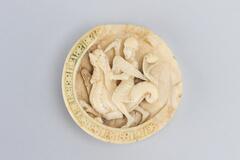


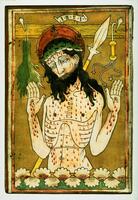

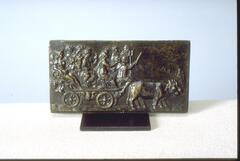
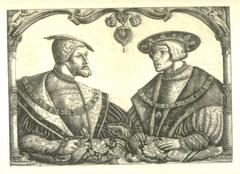
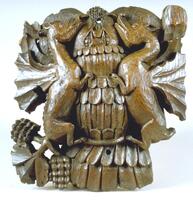
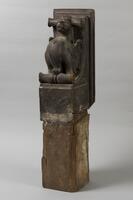
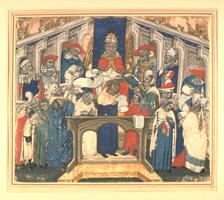
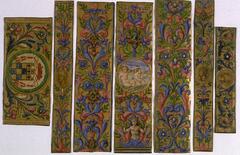
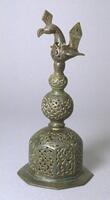
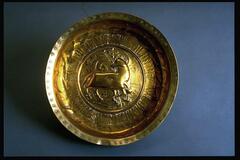

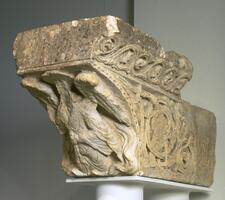
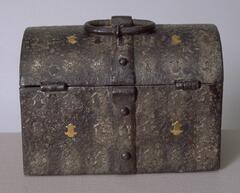
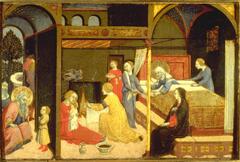

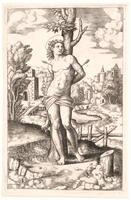
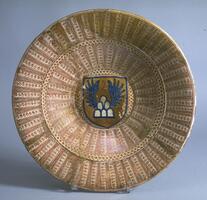
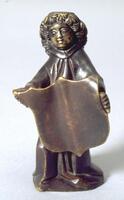


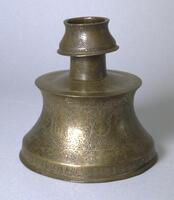
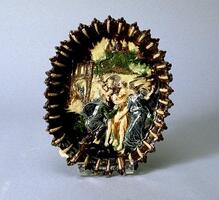
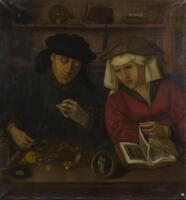
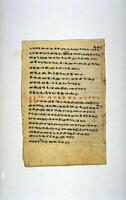

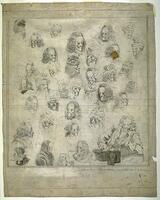
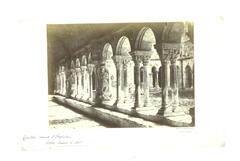
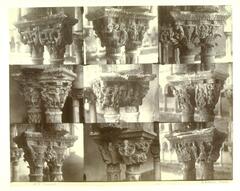

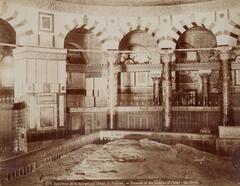
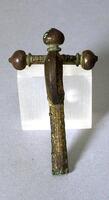
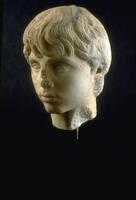

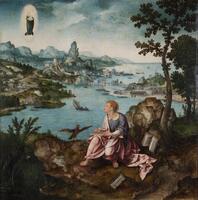

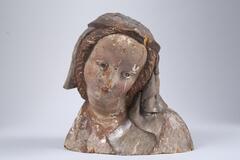
![This rectangular panel depicts four sacred figures rendered in dark hues with passages of vibrant red against a gold background. The upper edge of the gilded frame bears the prayer known as the "Hail Mary" ("Ave Maria Gratia Plena Domin[us tecum]"). This rectangular panel depicts four sacred figures rendered in dark hues with passages of vibrant red against a gold background. The upper edge of the gilded frame bears the prayer known as the "Hail Mary" ("Ave Maria Gratia Plena Domin[us tecum]").](/media/W1siZiIsIjIwMjIvMDUvMjUvMzZ5bWpwaTBuNl9kZWZhdWx0LmpwZyJdLFsicCIsInRodW1iIiwiMjQweDIwMCJdXQ?sha=182c62b7143d052b)

